Fabricated Landscape
By Olaf Sztaba
We have thought about photographing the Canadian Oil Sands for a long time. Finally, this year we drove to Fort McMurray – the hub for oil sands operations. Even though we approached the subject from a purely visual perspective, what we encountered made a huge impact on us.
This land stretches 54,826 square miles, an area larger than England. Structures such as the toxic tailing lakes are some of the largest human-made structures in the world – so large that they can be seen from space. The land has been rearranged, altered and manipulated by human activity to the point that it is barely recognizable but so visually appealing – so ugly but strangely beautiful.
As we photographed this area, we had no clue that just two weeks later Fort McMurray and the oil sands operations surrounding it, would be threatened by massive wildfires. So far this huge fire has triggered an evacuation of the entire city of Fort McMurray or nearly 90,000 people. As I write this note, the fire has been moving north toward massive oil sands operations.
Below please find a link to the Canadian Red Cross website, which accepts donations and helps those impacted. Please consider donating.
The entire project was shot with the Fuji X-Pro2 paired with the XF 50-140mm or XF 14mm F2.8 and Fuji X100S.

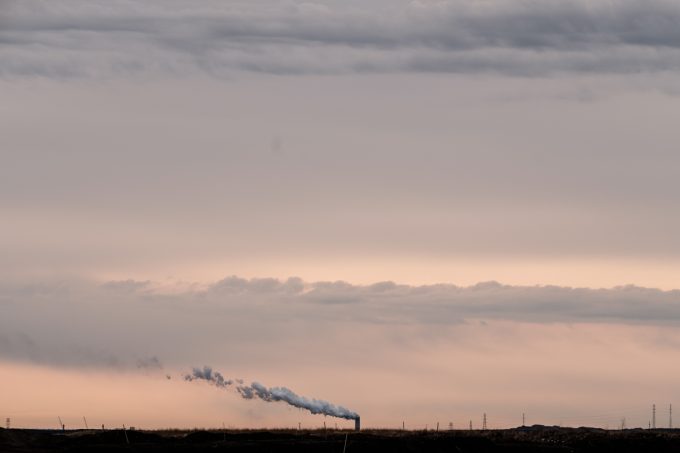
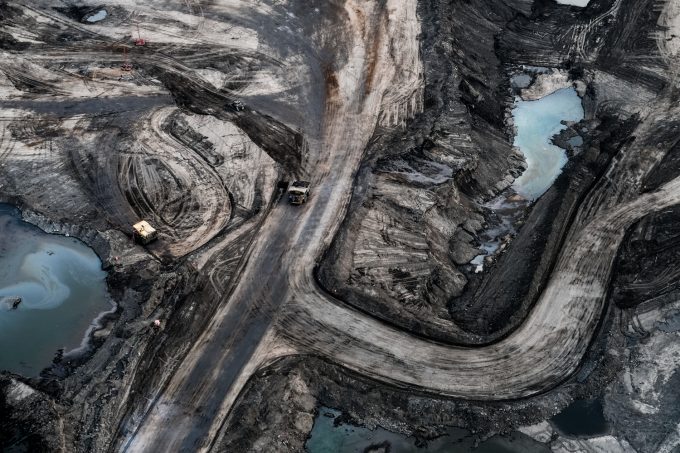
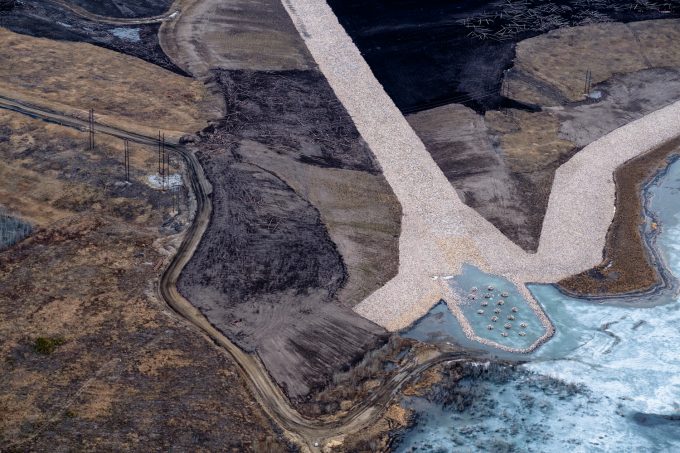
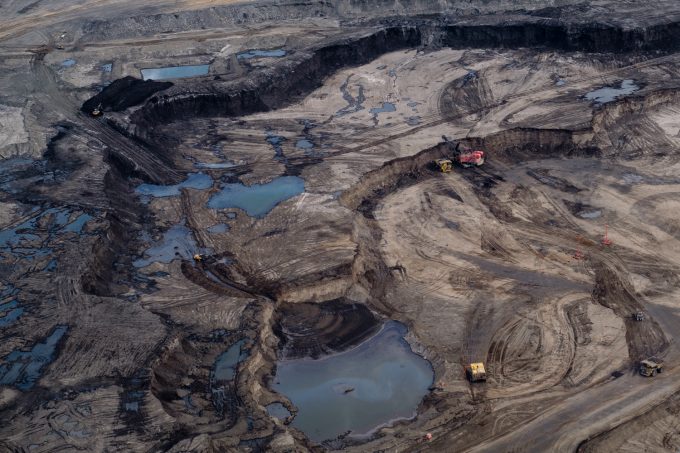
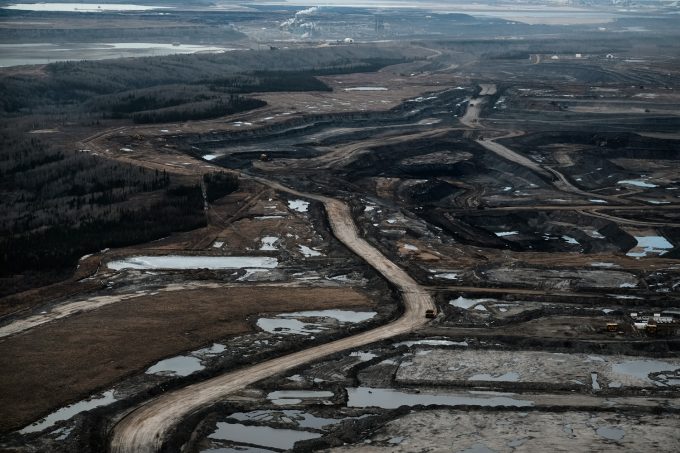
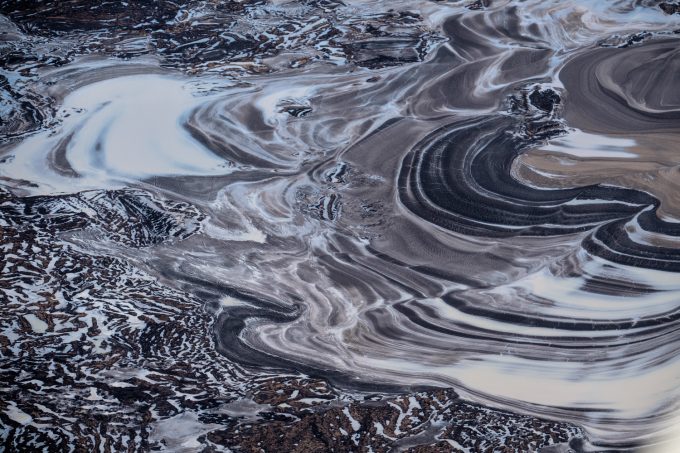
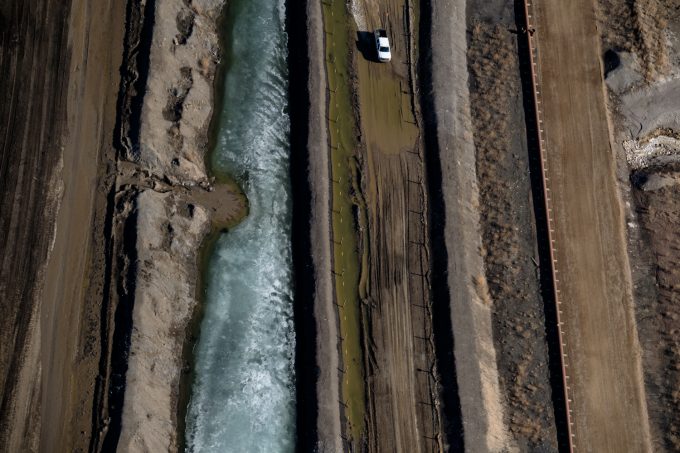
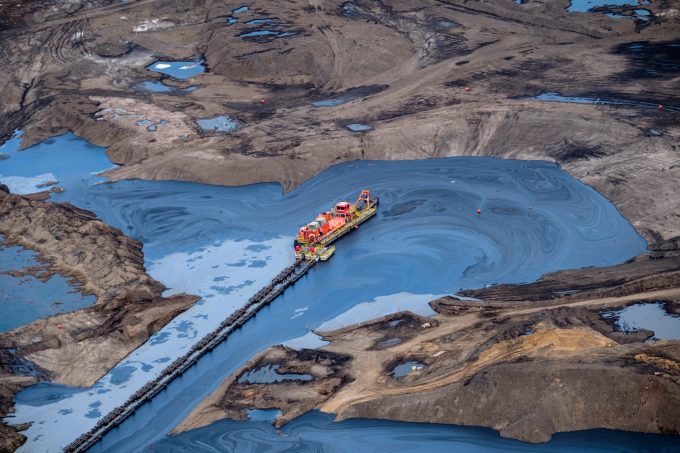
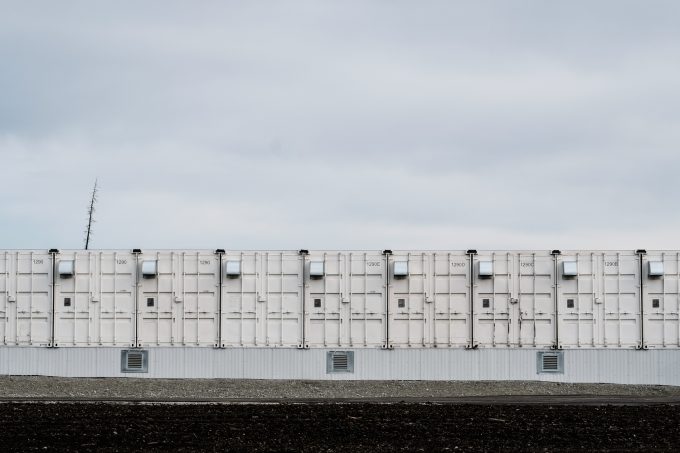




Thank you all for your kind comments. What a great community!
These are truly incredible shots. As you say – ugly, yet mesmerically beautiful. Thank you for sharing!
Sad yet beautiful images thanks for posting.
The vast planet is FAR more resilient than the self proclaimed “degrowthers” wish to admit; after-all, look at the current-day beauty of Chernobyl & Hiroshima (daisies and butterflies). Plus don’t forget, your digital camera batteries are re-charged utilizing these resources…
Not sure what you are trying to say here, Gus. Do you mean that it’s okay to make a mess of our planet becausee it’s ‘big enough’? And what is a ‘degrowther’? As for the current day beauty of Chernobyl defined by daisies and butterflies, surely a deeper treatment is required. Critters with deformities, dying prematurely… Not what I’d call beautiful. Ironically, it might be this man made ‘degrowth’ episode that gave nature a chance to claw back some space – though damaged by the effects of long lasting radiation. As for pulling in the bombing of Hiroshima with an atomic bomb (I presume that’s what you mean) and then alluding to the same minerals being used in camera batteries… phew! To put it tactfully, that’s a pretty long bow indeed. Perhaps we can all agree that wanton destruction is never wise. And, destroying anything for the sake of something else always deserves sober thinking. Life doesn’t offer nearly as many black and white answers as we might like. But it always provides us with opportunities to think, reflect, and work together.
The second image is one of the best I’ve seen on Steve’s site. And I don’t even like landscapes!
Amazing photos. Thanks for sharing. Sad but beautiful.
Amazing, impressive and amazingly beautiful images. I would like to see these big on a museum wall. They’d have me staring at them for a long time.
Fabulous shots and depressing what is going on in the destruction of earth and I’m Canadian and I find this stuff disgusting and irresponsible and all the frackers in North America or anywhere for that matter should just stop it and thanks for bringing attention too this great editorial shots
Agree completely.
Excellent photos Olaf, really worth clicking on to see them larger.
That last photo with the single forlorn tree is striking and sad.
Best regards
Huss
good pics! Makes me feel uncomfortable..
Great photography. Really hard to believe that Canadians allowed this filthy pollution and toxicity in their beautiful country.
As a Canadian, I agree. I am from Saskatchewan which is Alberta’s neighbor, and big oil has been trying to do the same thing in SK. I’m glad the provincial gov’t hasn’t let them (yet). I’m now living on Vancouver Island and am loving the beauty of British Columbia
Well enjoy all the things you use thanks to the oil sands.